Mastitis/ Inflammatory Conditions of the Breast
“Breastfeeding is natural but not always easy” (Bergmann et al 2014)
Inflammatory conditions of the lactating breast can follow a continuum of escalation from:
Engorgement → Blocked Ducts → Mastitis → Abscess
Whist each is very different, they all share a common denominator of ‘milk stasis’ (milk that sits in the breast tissue and doesn’t move).
Lactational Mastitis is a condition that can develop quickly and needs to be treated in a timely manner. Symptoms include swelling and redness of the breast which may or may not be associated with breast tenderness. If identified early and treatment is received, we can often prevent it from progressing to an infective form of mastitis which requires antibiotic therapy. If you suspect you have mastitis please contact the clinic immediately and I will do my best to see you ASAP
Not sure? Then read on
What do we need to be able to breastfeed effectively?
Adequate Plumbing (pipes/ducts) and glandular tissue
Physiology and biochemistry – we need the mammary glands to produce milk
Regular and efficient milk removal
Issues with breastfeeding may be due to one or a combination of the points above
How does regular and efficient milk removal affect breasts?
Removing milk from the breast signals to the hypothalamus (an area of the brain that secretes hormones) that more milk needs to be produced. Thus, milk must be removed for lactation to continue. Ineffective or infrequent milk removal will adversely affect milk production; and poor drainage of the breast can lead to increased size and pain of breasts, and axillary lymph nodes.
What does milk stasis do to the breast?
When milk remains in the breast tissue it can contribute to inflammation which can cause pain, redness, and swelling of the breast. If the tissue becomes infected this can cause symptoms similar to having the flu such as a fever and feeling extremely unwell.
What are some common breastfeeding problems?
Breastfeeding problems can occur at any stage of lactation. A list of problems can include:
Sore nipples/trauma (particularly in the initial stages of breastfeeding as it may take time and practice for your baby to latch correctly)
Poor sucking technique or latching by your baby
Anatomy issues (this can be from the mother e.g. inverted nipples or baby e.g. cleft lip/palate)
Milk supply issues (whether they are actual or perceived/fear)
Sore breasts
Breast engorgement (most common in the initial stages of breastfeeding (day 2-5) but can occur at other stages due to change in feeding routine etc.)
Blocked ducts
Mastitis (non-infective or infective)
Abscess
How do we treat Inflammatory Conditions of the Breast?
Treatment should occur in a timely manner to prevent progression along the continuum from engorgement to infective mastitis. It may vary depending on your presentation, but the general goal is to improve breast emptying and effective milk removal. If your Physiotherapist suspects you have mastitis it may require a few treatments on consecutive days for it to resolve.
How can a Physiotherapist help?
Our Physiotherapist Connie, will take a thorough subjective examination discussing such things as your method and pattern of feeding, lactation history, and symptoms. She will then go on to objectively assess the breast and nipple to determine the cause of your symptoms.
Treatment will include education specific to your problem, and self-help measures that you can use to alleviate your symptoms and prevent them from re-occurring. We can also use Therapeutic Ultrasound to increase the movement of fluid in the breast, accelerate healing, and promote milk flow.
If there are issues with latching etc. you may be encouraged to seek additional assistance from a midwife or lactation consultant.
Continue scrolling to learn more about specific Inflammatory Lactating Conditions of the Breast
Engorgement:
Is an overflowing of the breast with milk and is common in the first few days that your milk comes in. It can also occur at a later stage in breastfeeding relating to not enough/infrequent feeding, or inefficient milk drainage (e.g., if baby has difficulty sucking).
Symptoms can include:
Breast swelling and/or feeling full or heavy
The breast can become hard, knotty, and painful which makes it difficult for the baby to attach to your nipple (treatment to reduce the hardness of the breast can assist with this)
If ignored it may progress to mastitis or even cause decreased milk supply
A ‘blocked’ or ‘plugged’ duct is a localised area of milk stasis within the duct. Because of the blockage milk is unable to be removed from the area which leads to more milk being accumulated behind the blockage.
Symptoms can include:
A smooth hard lump that does not change after feeding
Lump is often tender to palpate
There may be redness
It may be small (the size of a pea) or include the whole breast segment
Can be associated with a white bleb/spot on the nipple
Blocked Ducts:
It is important to understand that mastitis means inflammation of the breast tissue, it does not imply infection, however it can progress from non-infectious to infective very quickly!
Symptoms can include:
Hot, swollen breast
A wedge-shaped area of the breast
You may have a fever and/or flu-like symptoms such as chills, aching and feeling unwell (you should contact your GP immediately if you have a fever or are experiencing flu like symptoms)
Infective mastitis is often associated with cracked or fissured nipples, which allows bacteria to enter the breast from the nipple
Lactational Mastitis:
Is the accumulation of infected fluid in a localised area of breast tissue (basically a collection of pus in a defined area that has no way for it to drain out). It can be a complication of untreated, inadequate/incorrect, or delayed treatment of mastitis; or sudden weaning. Once an abscess is formed medical management is required to treat it.
Symptoms can include:
A red, hard, tender lump (that can change size)
Breast Abscess:
If you need help with your lactating breasts then navigate to my booking page to see if there is any consultation times available. If you are unable to find a booking within 24 hours then please contact me on the number provided and I will return your call ASAP
